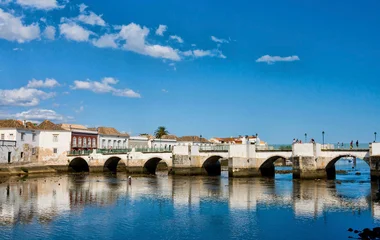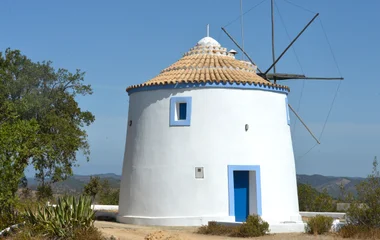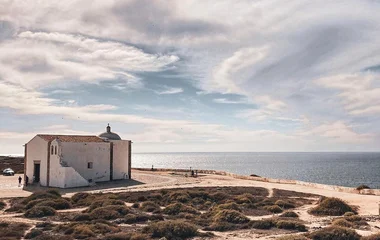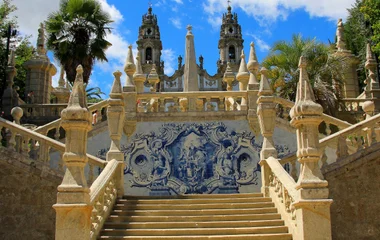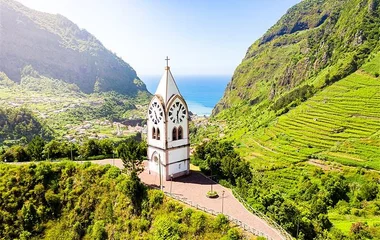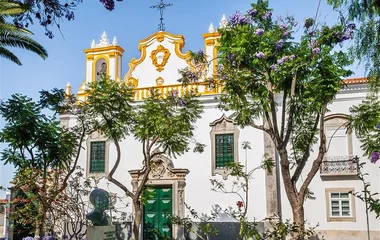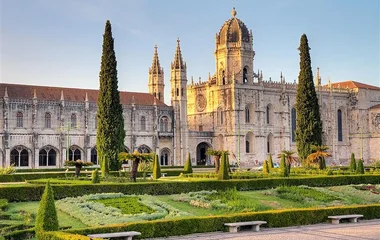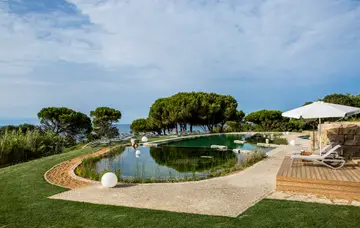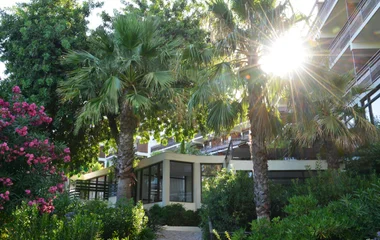
The Architectural Evolution of Portugal
Baroque Brilliance and Renaissance Refinement
Portugal’s architectural story is a tapestry woven with diverse styles that evolved over centuries. The Batalha Monastery, a Gothic masterpiece, exemplifies the grandeur and intricate detailing of medieval architecture. Meanwhile, the Jerónimos Monastery showcases the opulence of the Manueline style, a uniquely Portuguese blend of Gothic and Renaissance influences adorned with maritime motifs.
The Pena Palace in Sintra, with its vibrant colors and eclectic design, stands as a crowning achievement of Romanticism in architecture. Visitors wandering its halls can also enjoy breathtaking views of the surrounding cultural landscape, a UNESCO-recognized gem.
The Faro Cathedral, located in the heart of central Portugal, provides another testament to the country’s architectural diversity, blending Gothic, Renaissance and Baroque elements. Similarly, the Carmo Convent in Lisbon, now an open-air museum, reflects the Gothic style’s haunting beauty with its partially ruined arches and intricate stonework. These structures not only embody Portugal's architectural progression but also serve as reminders of its resilience, having withstood the passage of time and events like the Lisbon earthquake of 1755.
Highlights of Portuguese Baroque
The Baroque style shines in places like the National Pantheon, where dramatic curves and gilded interiors evoke a sense of grandeur. Another standout is the Church of São Roque in Lisbon, with its unassuming exterior giving way to one of the most lavish Baroque interiors in Europe. The azulejo-lined walls and gilded altars of these sites demonstrate the Portuguese mastery of merging intricate artistry with spiritual devotion. These landmarks tell stories not only of architectural innovation but also of the people who built and used them, weaving Portugal's history into its cityscapes.
For travelers, exploring these styles offers a journey through Portugal’s rich history, where every building reveals a piece of the nation’s soul.

